Chocolate isn’t just candy – it’s an art form crafted by masters around the world. From rare beans to special aging techniques, the finest chocolates offer experiences as complex as fine wines. Expert chocolatiers have shared their favorites, and we’ve gathered the most celebrated chocolate brands that consistently earn top honors for their exceptional quality, innovative techniques, and unforgettable flavors.
1. Amedei Porcelana: Italy’s Golden Bean Champion
The rare white Porcelana cocoa beans used by Amedei create what many experts consider chocolate perfection. These beans make up less than 1% of the world’s cacao harvest, producing bars with delicate floral notes and a silky-smooth texture unlike any other.
Founded by Cecilia Tessieri, one of the world’s few female master chocolatiers, Amedei has dominated chocolate competitions worldwide. Their meticulous bean-to-bar process involves hand-sorting every bean and slow-roasting in small batches.
The resulting chocolate offers subtle hints of honey, vanilla, and fruit that develop slowly as the chocolate melts on your tongue. No wonder the Academy of Chocolate has awarded them multiple “Golden Bean” awards!
2. To’ak Heirloom Nacional
Imagine chocolate so precious that each bar comes in a handcrafted wooden box with its own tasting utensil and 116-page booklet. That’s To’ak, made from the nearly extinct Nacional cacao variety rediscovered in Ecuador’s Piedra de Plata valley.
What makes To’ak truly special is their aging process. Similar to fine whiskey, these chocolates mature in Spanish elm, oak, or cognac casks, developing complex flavor profiles over months or years. With prices starting around $300 per bar, To’ak represents chocolate as investment-worthy art.
Tasting notes include earthy truffle, red fruits, and floral aromas that change with each harvest and aging method, creating a chocolate experience more akin to wine tasting than candy consumption.
3. La Maison du Chocolat
Founded by Robert Linxe, nicknamed “the wizard of ganache,” La Maison du Chocolat brought Parisian chocolate craftsmanship to new heights. Their signature Gesture Box showcases ganaches so smooth they melt instantly, releasing waves of perfectly balanced flavor.
The secret lies in their precision. Chocolatiers train for years to master the exact temperature and timing needed for their legendary ganaches. Each chocolate contains exactly 70% dark chocolate blended with fresh cream and natural flavors like vanilla from Madagascar or lime from Mexico.
Master Chocolatier Nicolas Cloiseau now continues this tradition, creating seasonal collections that respect classic techniques while introducing subtle innovations. Fans particularly love their Salvador (dark chocolate ganache with coffee notes) and Guayaquil (pure Ecuador chocolate).
4. Fran’s Chocolates
When former President Obama declared Fran’s gray salt caramels his favorite treat, the secret was out about this Seattle treasure. Founder Fran Bigelow revolutionized American chocolate by introducing European techniques with distinctly American innovation.
Her signature creation—dark chocolate-covered caramels topped with gray salt from Brittany—creates a perfect sweet-salty balance that makes taste buds sing. Each caramel takes three days to make, resulting in a buttery-smooth center that slowly dissolves as you eat it.
Beyond caramels, Fran’s gold bars and truffles showcase her commitment to ethical sourcing and pure ingredients. Many chocolatiers point to Fran as the pioneer who helped Americans appreciate chocolate as more than just candy, paving the way for today’s craft chocolate movement.
5. Bonnat Chocolatier
Long before “bean-to-bar” became trendy, the Bonnat family was crafting single-origin chocolate in Voiron, France. Since 1884, they’ve maintained direct relationships with cacao farmers worldwide, creating chocolate that truly captures each region’s unique terroir.
Their legendary Chuao bar, made from beans grown in a remote Venezuelan coastal village, offers notes of red fruits, spice, and coffee that chocolate experts use as a benchmark for excellence. Equally impressive is their Madagascar bar, bursting with bright citrus notes.
Stephane Bonnat, representing the fourth generation of this chocolate dynasty, still uses vintage equipment alongside modern techniques. The family refuses to add lecithin or extra cocoa butter, allowing you to taste the pure expression of each origin’s beans exactly as nature intended.
6. EHChocolatier
From their small workshop in Cambridge, Massachusetts, Elaine Hsieh and Catharine Sweeney create chocolates that have chocolatiers talking. Their Brown Butter Toffee Almond bars combine nutty, caramelized flavors with perfectly tempered chocolate for an addictive crunch.
Unlike mass-produced chocolates, EH makes everything by hand in small batches. Their Caramelized Honey Bonbons feature local honey slowly cooked until it develops complex flavors, then paired with dark chocolate for balance. Seasonal offerings showcase their creativity – spring brings Champagne-Strawberry truffles while winter features Maple-Pecan pralines.
What makes experts love them? Their technical precision combined with fearless flavor combinations. The chocolates always remain balanced, never allowing novelty to overshadow quality or overwhelm the cacao’s natural character.
7. Dandelion Chocolate
Todd Masonis and Cameron Ring started Dandelion as a garage experiment after selling their tech company. Today, they lead America’s craft chocolate movement with their radical two-ingredient approach: just cacao beans and sugar—nothing else.
Their Mission District factory lets visitors watch the entire chocolate-making process. Workers sort beans by hand, removing any that don’t meet their exacting standards. The minimal ingredients approach means you can taste striking differences between their single-origin bars. The Madagascar bar bursts with bright raspberry notes, while their Ecuador bar offers earthy caramel undertones.
Chocolatiers praise Dandelion for their transparency—each bar comes with information about the farm, fermentation methods, and even roasting time. This educational approach has helped elevate consumer understanding of what makes great chocolate truly special.
8. Christopher Elbow
Former pastry chef Christopher Elbow creates chocolates so beautiful they could belong in an art gallery. Each bonbon features hand-painted designs with vibrant colors created from natural cocoa butter dyes, making them instantly recognizable to chocolate lovers.
Beyond their stunning appearance, these chocolates deliver surprising flavor combinations. The Rosemary Caramel pairs woody herbs with buttery sweetness, while the Passion Fruit Caramel balances tropical tang with dark chocolate depth. What chocolate experts appreciate most is Elbow’s technical mastery—thin, uniform shells that snap perfectly, then yield to smooth, perfectly-textured fillings.
His background in fine dining restaurants means he approaches chocolate like a chef, focusing on balance and using seasonal ingredients. The result? Chocolates that are both visually stunning and gastronomically complex.
9. Malagos Chocolate
From the foothills of Mount Talomo in Davao, Philippines comes chocolate that’s changing how the world views Asian cacao. Malagos Chocolate grows their beans in rich volcanic soil, creating distinctive flavor profiles that have earned over 50 international awards.
Their 65% dark chocolate showcases notes of tropical fruit and warm spice unique to Filipino cacao. The family-run operation handles every step from growing to manufacturing, ensuring complete quality control. Rex Puentespina and his family revitalized Philippine cacao farming when the industry was struggling. Their efforts created a sustainable model that supports local farmers while producing world-class chocolate.
Master chocolatiers particularly praise their unsweetened 100% chocolate for its remarkably low bitterness and complex flavor development—a testament to the exceptional quality of their beans and fermentation process.
10. Michel Cluizel
Before farm-to-table became popular in chocolate, Michel Cluizel was pioneering direct relationships with cacao farmers. Since 1948, this family-owned company has maintained its commitment to exceptional quality and transparency.
Their “Plantation” series revolutionized chocolate by naming the exact farms where beans were grown. The Los Ancones bar from the Dominican Republic offers warm notes of dried fruits and spices, while their Mokaya from Mexico presents earthy mushroom notes with hints of olive. What makes Cluizel special among experts is their technical consistency. Their conching process (grinding and aerating the chocolate) extends to 72 hours—far longer than industry standards—creating exceptionally smooth texture.
The company also uses no soy lecithin or artificial vanilla, relying instead on extra cocoa butter and real vanilla pods, making their chocolate particularly pure.
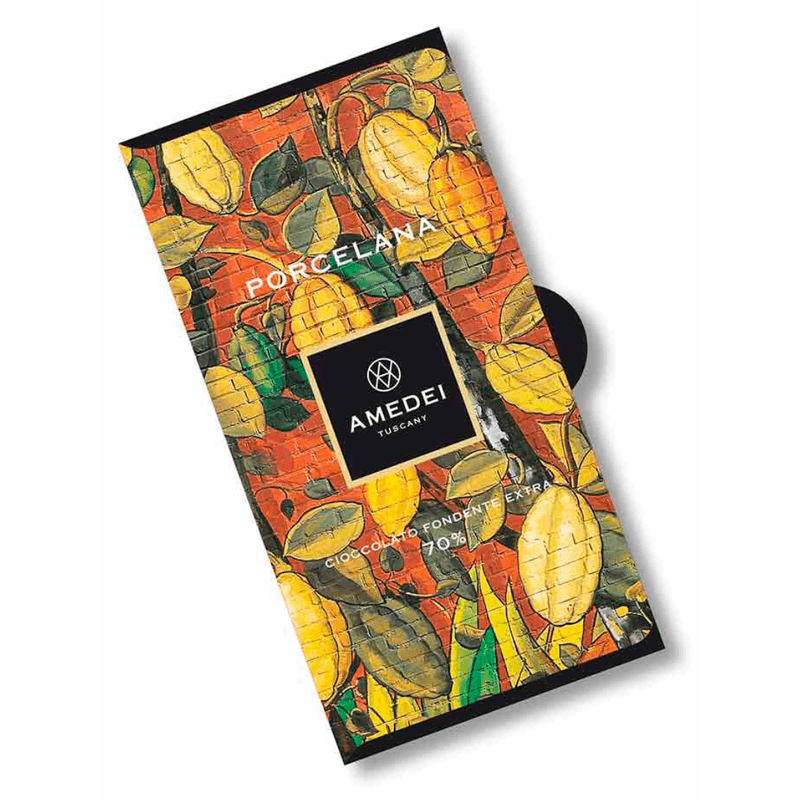
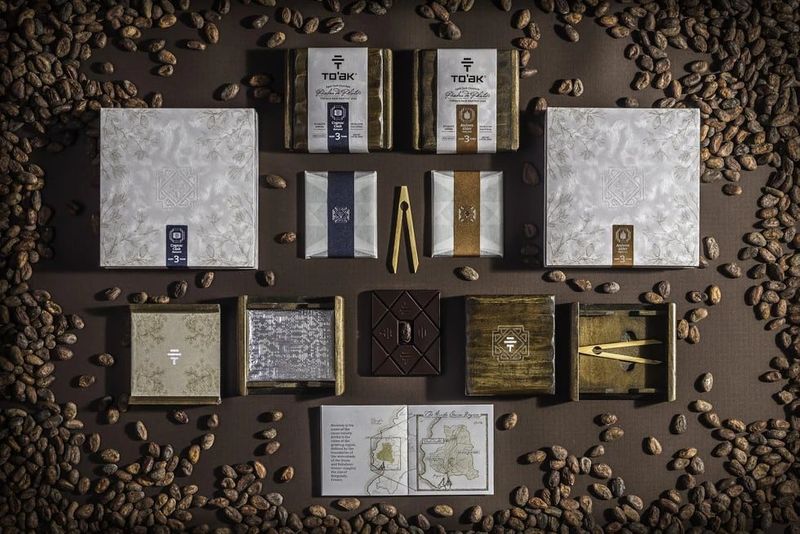
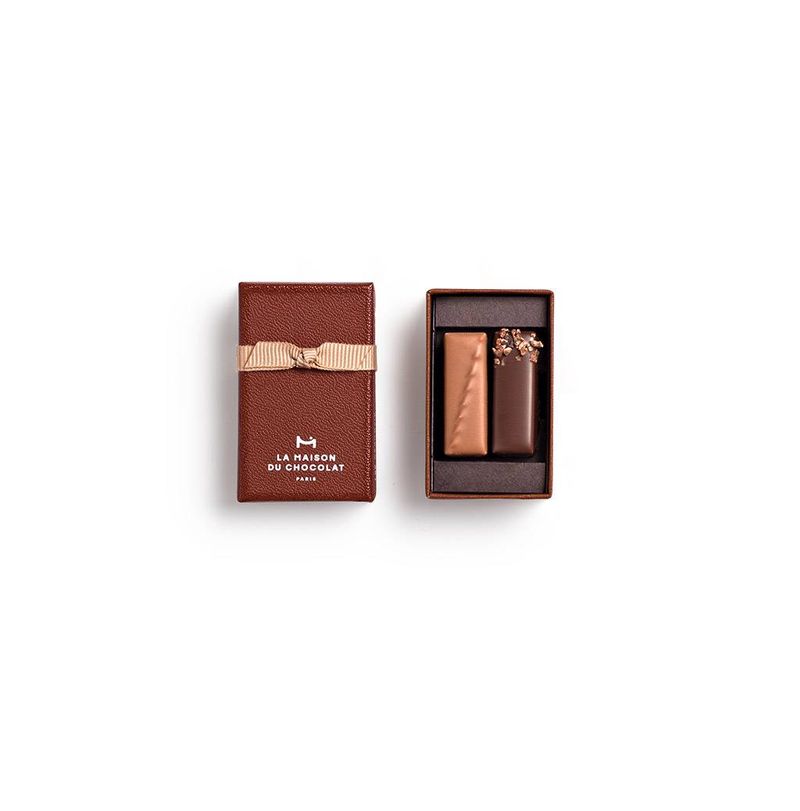
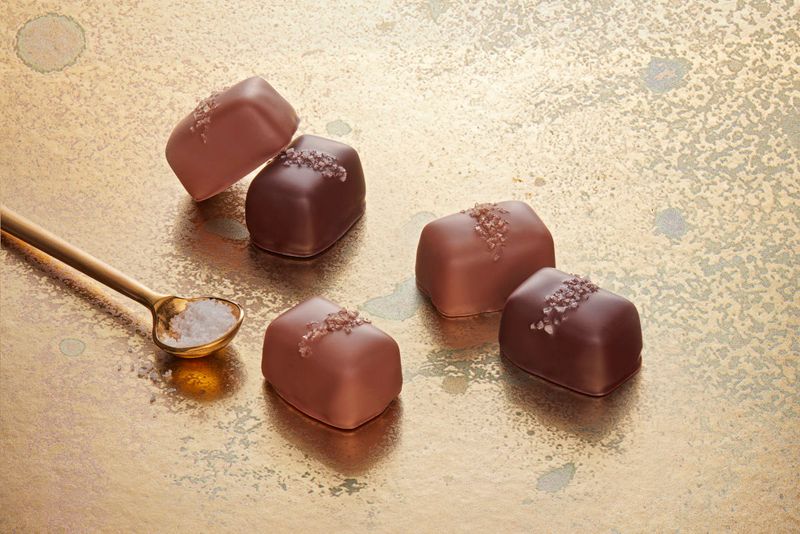
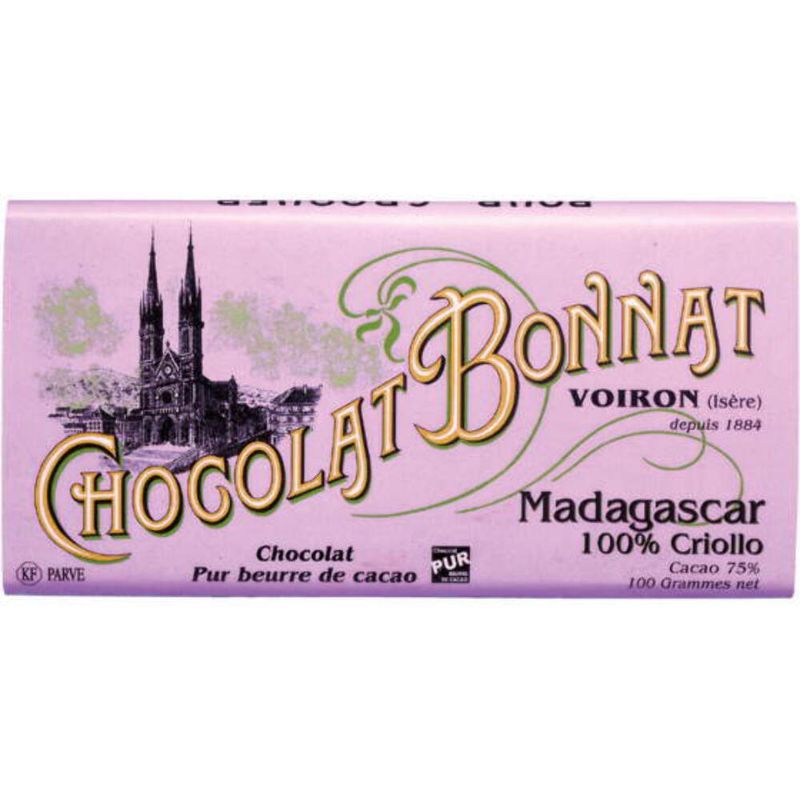
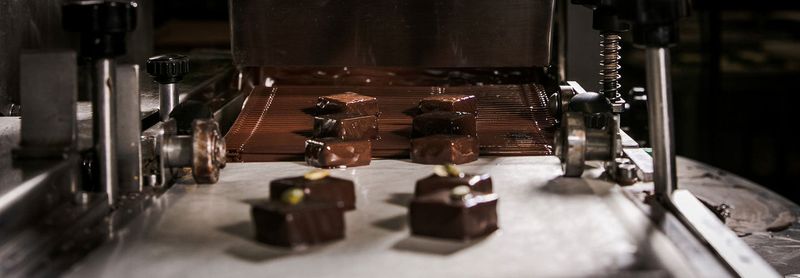
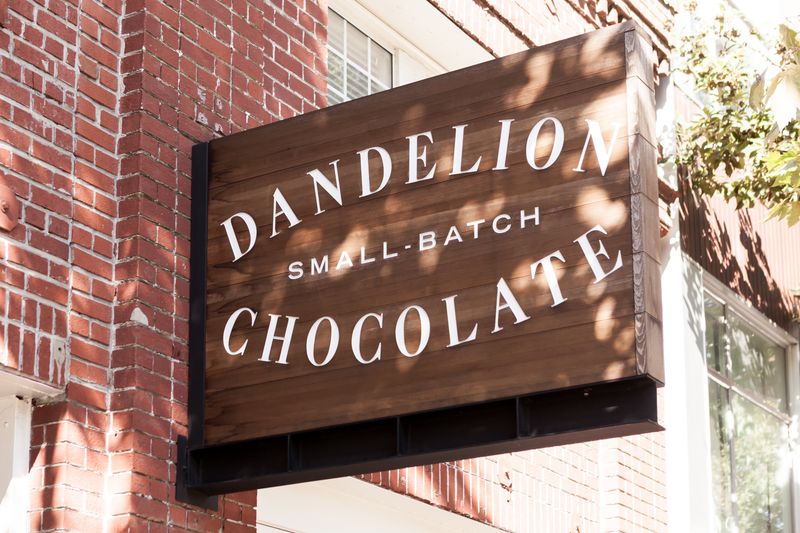
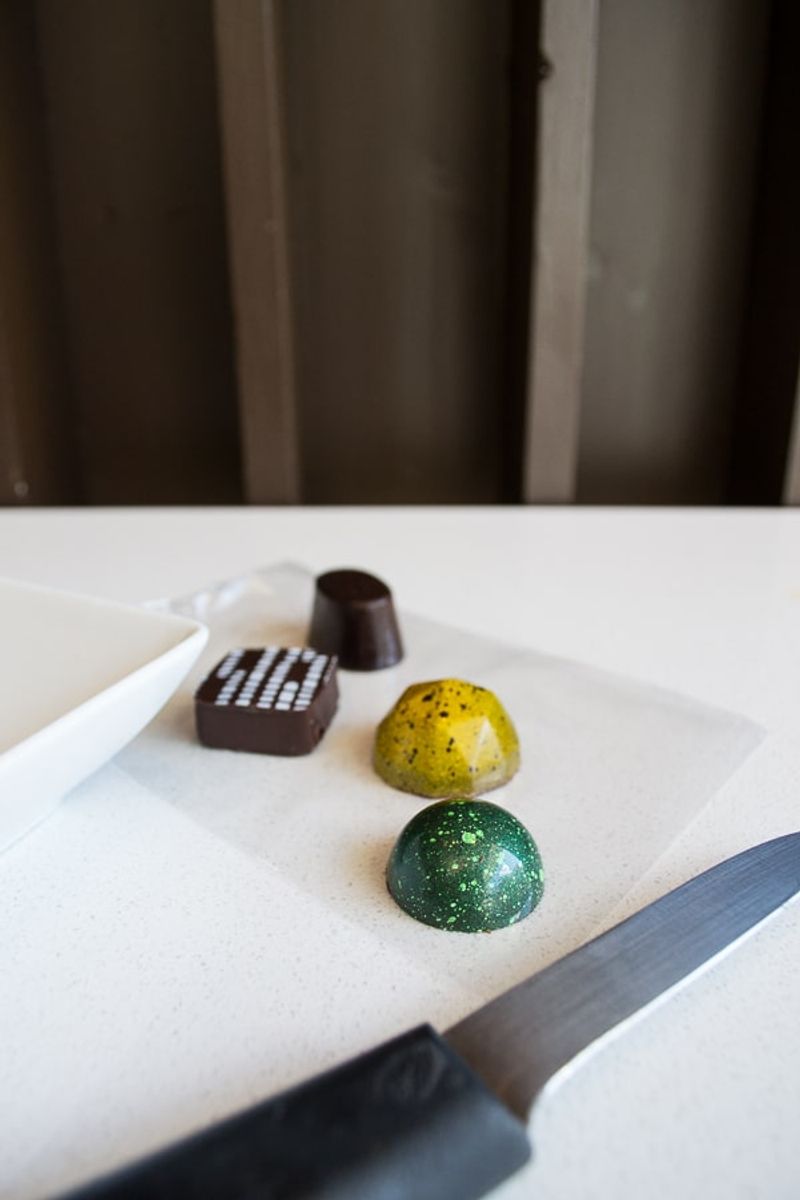
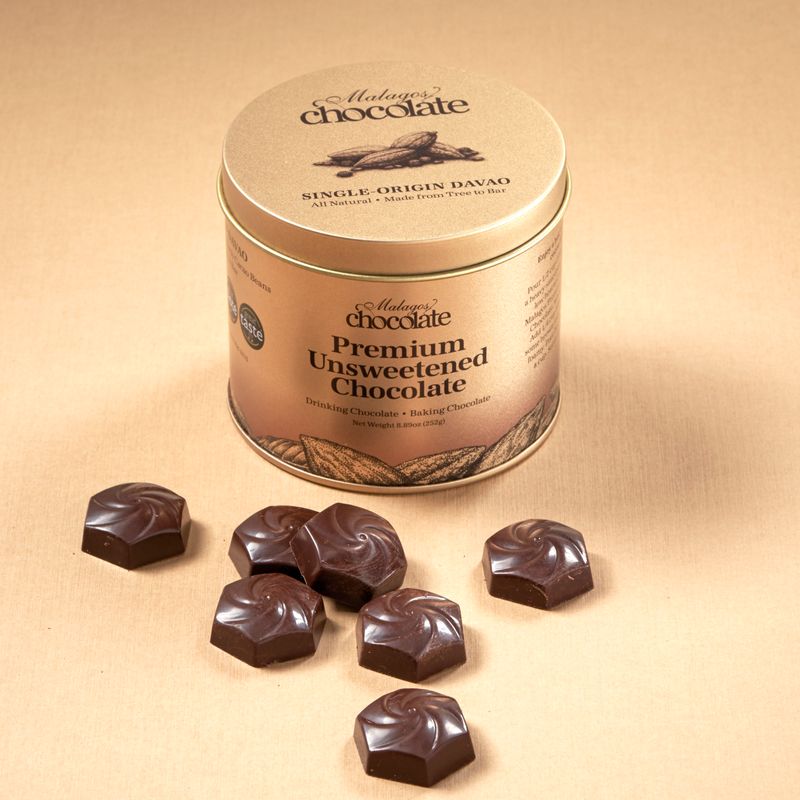
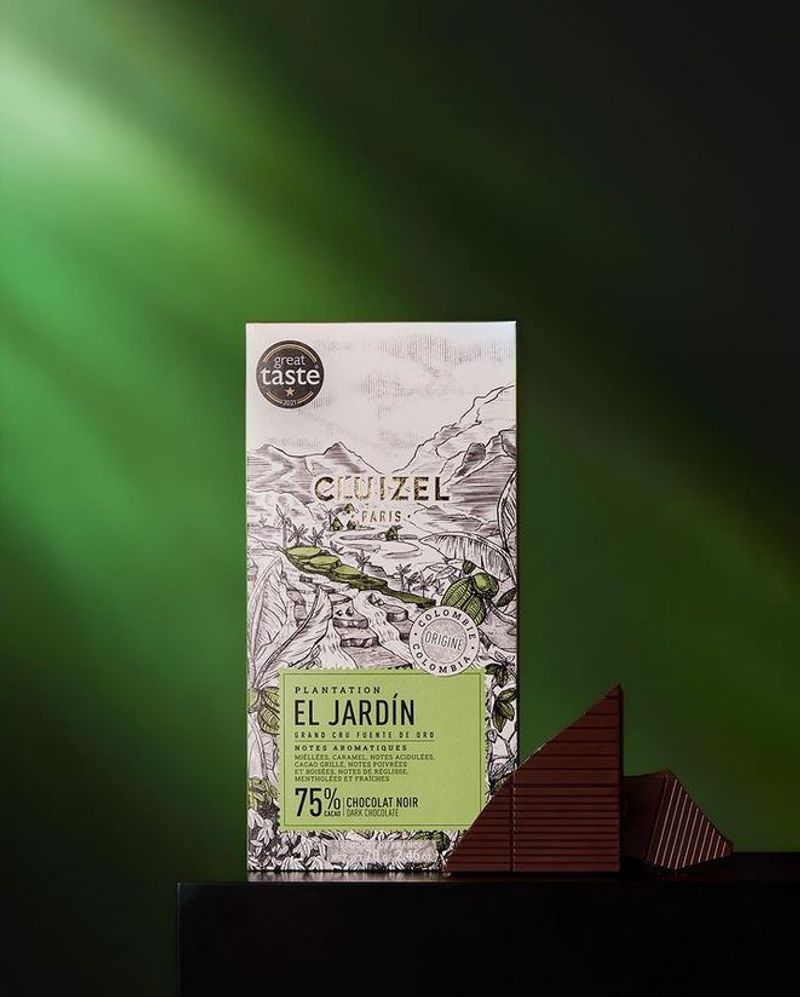
Leave a comment